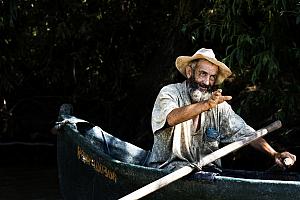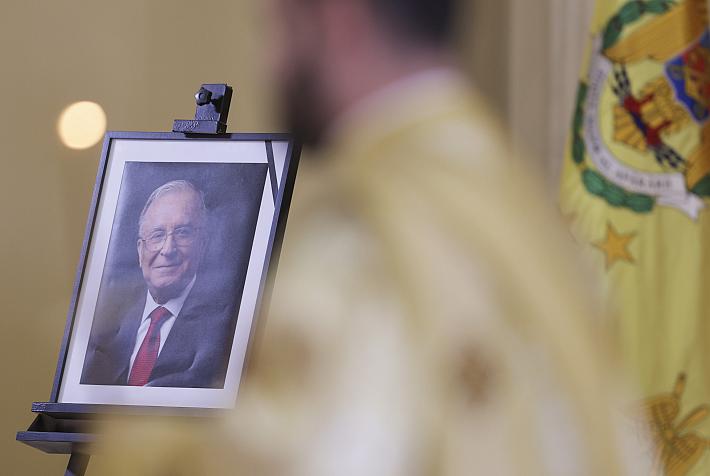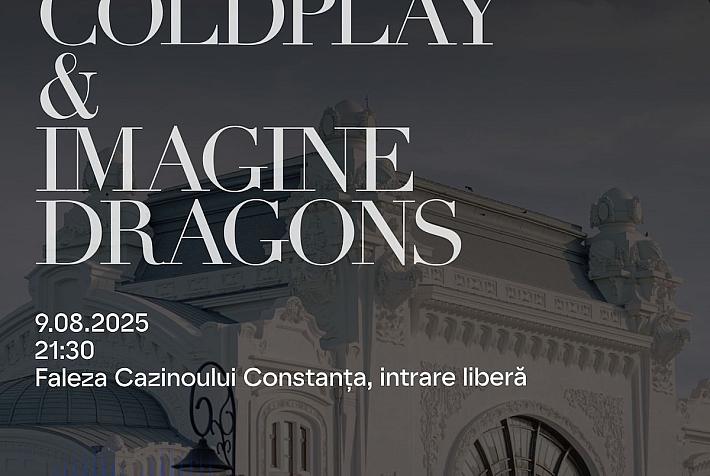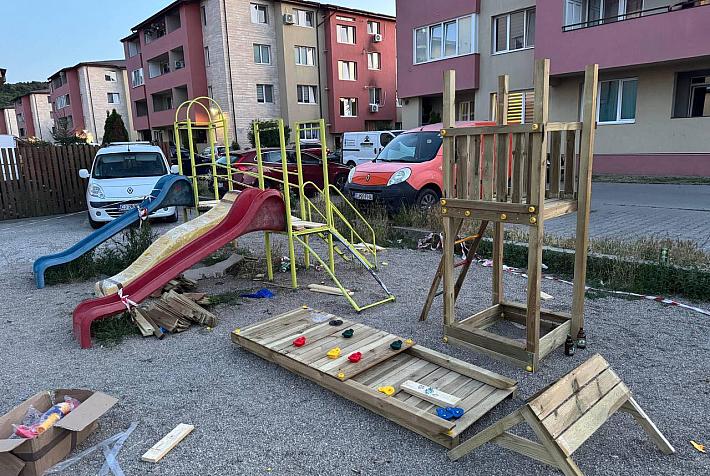Romania Photo of the Day by Dreamstime: King Decebal
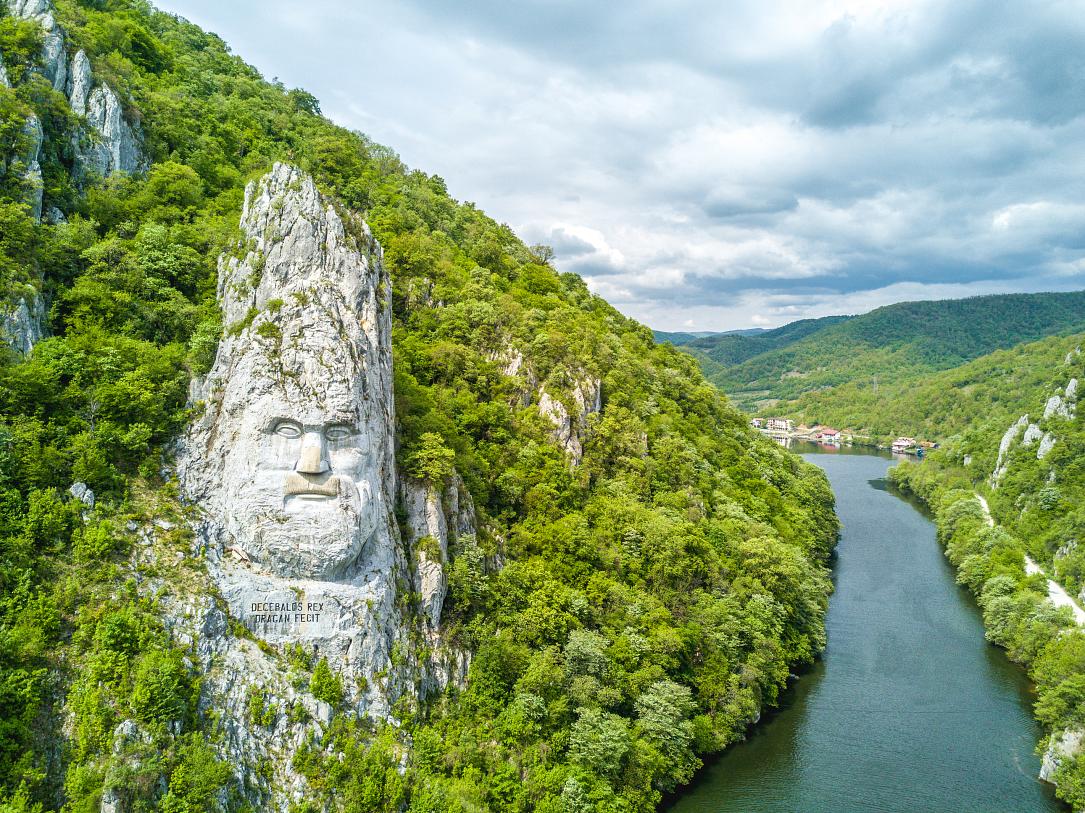
The Romania Photo of the Day created in partnership with stock photo provider Dreamstime aims to highlight the best of Romania. From stunning landscapes and popular tourist destinations and landmarks to people, traditions, and food, this series helps you discover Romania one photo at a time. This week, we put the focus on the Danube Delta and Danube landscapes.
Close to the infamous Iron Gates, where the Carpathian Mountains meet the Danube, the ancient ruler Decebal keeps watch over the poetically-named Cauldrons of the Danube.
An impressively large work of art, the bas-relief statue stands over 40 meters tall and 25 meters wide and is in fact the largest stone statue in Europe. (Photo source - click on the number to get to the original file: 91182378 / Romania © Calin Stan | Dreamstime.com)
Located in the Cauldrons, a 9 km section of the Danube gorge at the crossing of the Carpathian Mountains, a part of the Iron Gates Natural Park bordered by steep cliffs, the stone-carved face looks like something out of Tolkien’s Middle Earth.
Actually, the statue is the brainchild of Romanian businessman and history lover Iosif Constantin Drăgan and took 10 years to complete, costing Dragan over USD 1 million by the time it was finished, according to Adevărul.
Compared to the presidential heads on Mount Rushmore, which took 14 years to complete (1927-1941) with over 280 sculptors working on the project, the statue of King Decebal was made by only 12 people.
The work was carried out under the direction of sculptor Florin Cotarcea, who came up with the sculpture’s aesthetic and worked alongside his team daily double shifts of 6 hours each, from March to October, every year between 1994 and 2004.
The work began in the summer of 1994, according to Adevărul, with the clearing of the trees that were covering the cliff. Then came the clearing of extraneous rocks, and then they started chipping away at the cliff face.
All the tools had to be transported part of the way by boat and then by each man on his back, so no heavy machinery was used. Instead, they used jackhammers, sledgehammers and dynamite. During the summer, the rock would heat up in the sun, making work conditions almost unbearable.
Today, Cotarcea says he doesn’t think he would dare to take on another project of this scale again. He says the work isn’t finished, that there was more to be done, but it is a fantastic sight nonetheless.
On the other side of the river, on the Serbian shore, there is another interesting sight to see, as if in dialogue with the King: an ancient memorial plaque - Tabula Trajana – which was erected by Emperor Trajan in honor of the Roman Empire's victory over the Dacian Kingdom.






